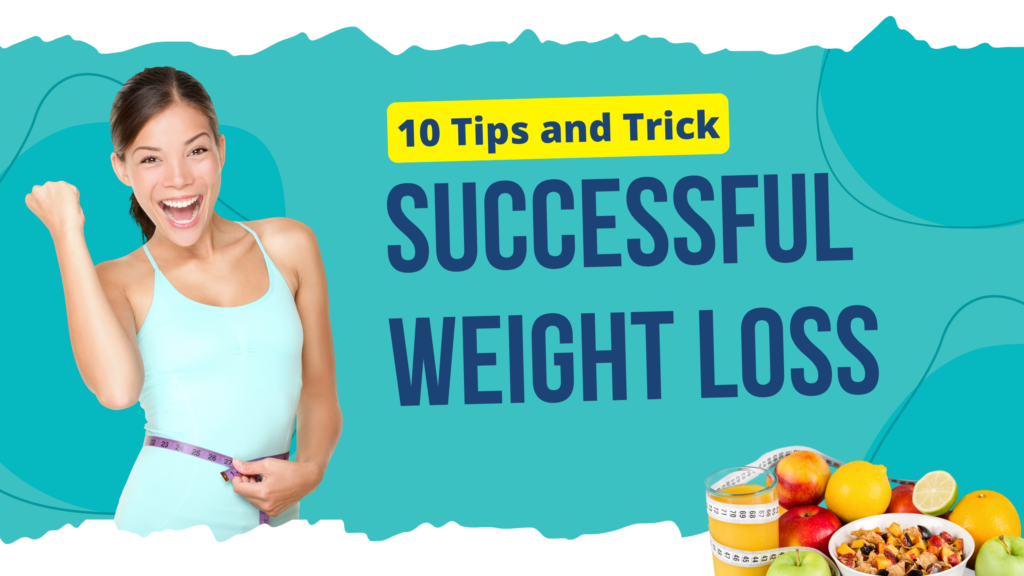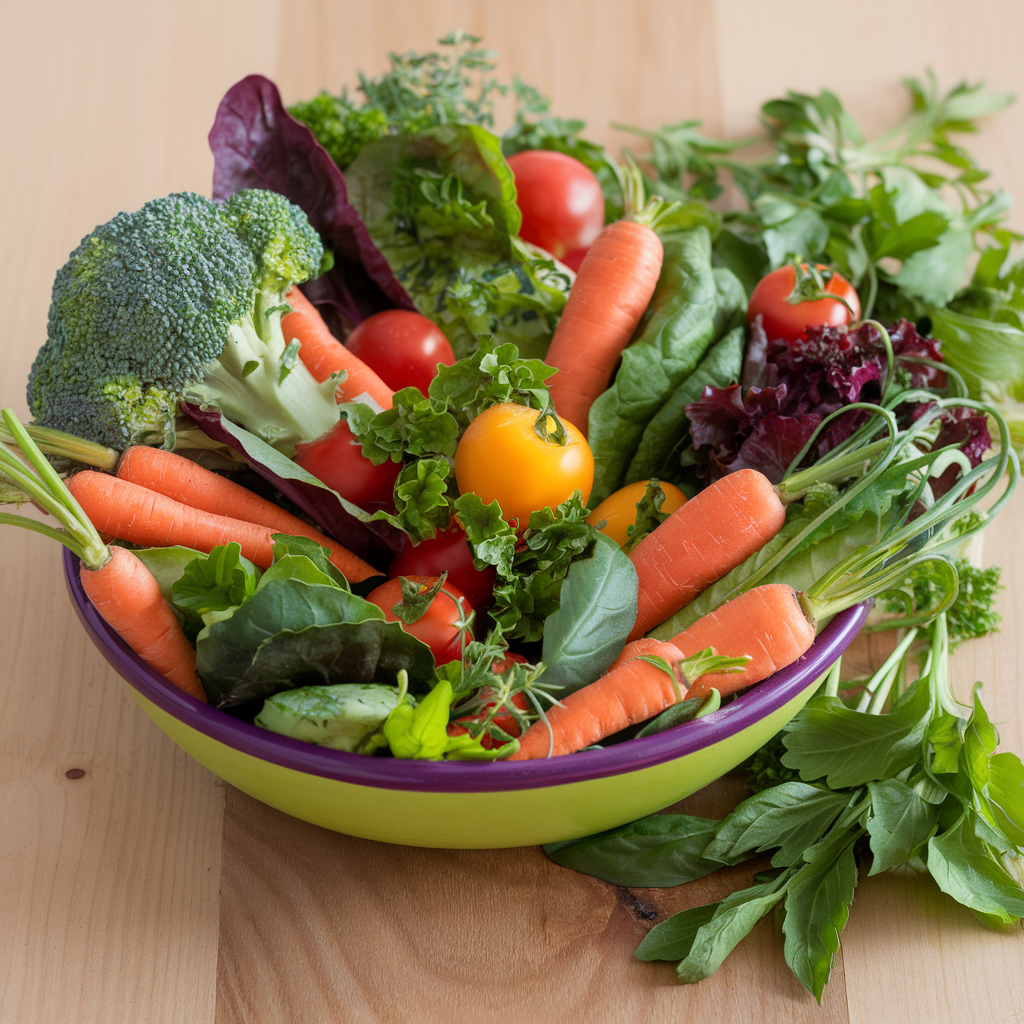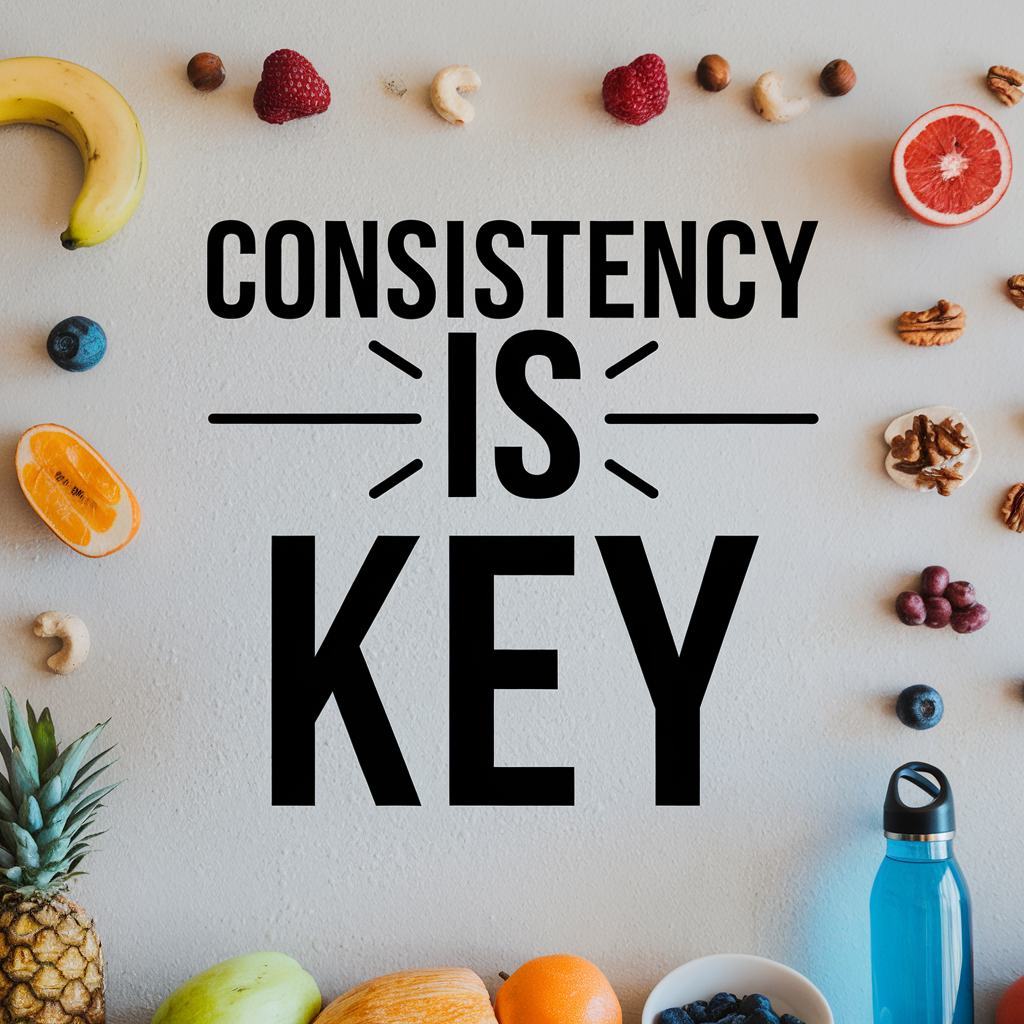

Losing weight is a journey that requires dedication, patience, and consistency. While there is no one-size-fits-all solution, adopting healthy habits can significantly support your weight loss journey. Below, we’ll share the top 10 weight loss tips, backed by research and real-world experience, to help you achieve your goals. And we’ve included some inspiring images to keep you motivated along the way.
**Affiliate Disclosure**: Some of the links on this page are affiliate links, meaning I may earn a small commission if you make a purchase through them, at no extra cost to you. I only recommend products or services that I genuinely believe will add value to my audience. Your support helps me maintain this site and provide you with valuable content!
1. Stay Hydrated
Tip: Drinking enough water is crucial for weight loss. Water acts as an appetite suppressant, helping you feel fuller and reducing the likelihood of overeating. Sometimes, your body can confuse thirst with hunger, leading to unnecessary snacking. Staying hydrated also supports metabolism, helping your body burn fat more efficiently. Aim to drink at least 8 glasses (64 oz) of water per day, and more if you’re active or in a hot climate.
Why It Works: Water boosts calorie burning and helps with digestion. It can even increase the number of calories you burn at rest (known as resting energy expenditure).
Large Motivational Water Bottle with Straw Time Marker BPA Free for Sport and Fitness.

2. Eat More Protein
Tip: Protein is a powerhouse nutrient when it comes to weight loss. It helps build muscle, which can elevate your metabolism and burn more calories. Additionally, protein-rich foods are more satiating than carbs or fats, helping to reduce hunger and cravings. Include lean proteins like chicken, turkey, fish, eggs, tofu, and legumes in your meals. Protein also promotes fat loss while preserving muscle mass, which is important for long-term weight management.
Why It Works: When you consume protein, your body releases hormones that make you feel full. It also takes more energy to digest protein than it does to digest fats or carbohydrates.

3. Prioritize Whole Foods
Tip: Whole foods—those that are minimally processed—are naturally nutrient-dense and packed with fiber. Fiber is essential for weight loss because it increases feelings of fullness, slows digestion, and prevents overeating. Focus on eating a variety of vegetables, fruits, whole grains like brown rice or quinoa, legumes, and healthy fats like avocado and olive oil. Avoid processed foods, which are often high in sugar, unhealthy fats, and empty calories.
Why It Works: Whole foods are generally lower in calories and higher in nutrients, making it easier to achieve a calorie deficit without sacrificing essential nutrients.

4. Practice Portion Control
Tip: Even healthy foods can lead to weight gain if consumed in excess. Learning to control portions is one of the most effective ways to reduce calorie intake without feeling deprived. Use smaller plates or measure your food to avoid overeating. You can also follow the “plate method,” where half of your plate consists of vegetables, a quarter of protein, and a quarter of whole grains or complex carbs.
Why It Works: Controlling portions helps prevent mindless overeating, which can quickly add up to more calories than you need. By controlling portions, you can enjoy your favorite foods while staying on track with your weight loss.

5. Incorporate Strength Training
Tip: While cardio exercises like running or cycling are great for burning calories, strength training (resistance exercises) is essential for building muscle. Muscle burns more calories at rest than fat, which means that increasing your muscle mass will help you burn more calories even when you’re not working out. Aim to incorporate strength training exercises, such as lifting weights or bodyweight exercises (push-ups, squats), at least two to three times per week.
Why It Works: Strength training helps you preserve and build lean muscle mass, which in turn boosts your metabolism. The more muscle you have, the more calories you’ll burn throughout the day.
Bowflex SelectTech 552 Adjustable Dumbbells.

6. Get Enough Sleep
Tip: Sleep is just as important as diet and exercise when it comes to weight loss. Lack of sleep disrupts your hormones, increasing hunger and cravings, particularly for high-calorie, sugary foods. Aim for 7-9 hours of quality sleep each night to keep your hormones balanced and your energy levels high. Create a consistent sleep routine, limit caffeine intake in the afternoon, and turn off screens an hour before bed to help improve your sleep quality.
Why It Works: Sleep regulates hunger-related hormones like ghrelin (which increases appetite) and leptin (which signals fullness). When you sleep well, you’re less likely to overeat or make poor food choices.

7. Stay Active Throughout the Day
Tip: While structured workouts are essential, staying active throughout the day also contributes to weight loss. Simple activities like taking the stairs instead of the elevator, walking during breaks, or using a standing desk can add up to more calories burned. Aim to increase your daily movement by setting goals to walk a certain number of steps or incorporating activities like gardening or playing with your kids.
Why It Works: Non-exercise physical activity (NEAT) can significantly contribute to your overall calorie burn. Small movements throughout the day can result in a substantial calorie deficit by the end of the week.
CHRLEISURE Leggings with Pockets for Women, High Waisted Tummy Control Workout Yoga Pants.

8. Track Your Food Intake
Tip: Keeping track of what you eat can help you stay accountable and make mindful choices. Use a food journal or a tracking app to log your meals and snacks. Not only does this make you more aware of portion sizes, but it also helps you identify any patterns or areas where you might be overindulging. Tracking can also motivate you to stay consistent and celebrate your progress.
Why It Works: Studies show that people who track their food intake are more successful at losing weight and maintaining that loss over time. It brings awareness to your eating habits and helps you stay on track.

9. Manage Stress Levels
Tip: Chronic stress triggers the release of the hormone cortisol, which can lead to emotional eating and increased fat storage, particularly around the belly. Find stress-relieving activities that work for you, such as yoga, meditation, deep breathing exercises, or spending time outdoors. Regular relaxation helps keep your hunger hormones in check and allows your body to recover from physical activity.
Why It Works: Managing stress improves your emotional well-being and helps prevent stress-induced overeating. When you’re not stressed, you’re more likely to make healthier food choices.

10. Stay Consistent
Tip: Consistency is the secret to long-term weight loss success. It’s easy to get discouraged if you don’t see immediate results, but it’s important to stay focused and stick to your healthy habits. Remember, weight loss is a marathon, not a sprint. Whether it’s staying active, eating balanced meals, or drinking enough water, consistency over time will lead to lasting results.
Why It Works: Consistency leads to habits, and habits lead to success. When you stick with healthy behaviors day after day, they become a natural part of your routine, making weight loss sustainable and achievable.

Conclusion
Achieving weight loss is about more than just dieting—it’s about creating a balanced, sustainable lifestyle. By implementing these 10 tips, you can begin to make positive changes that will help you lose weight and keep it off. Stay patient, stay consistent, and trust the process. With time and dedication, you’ll see the results you’re working toward!
